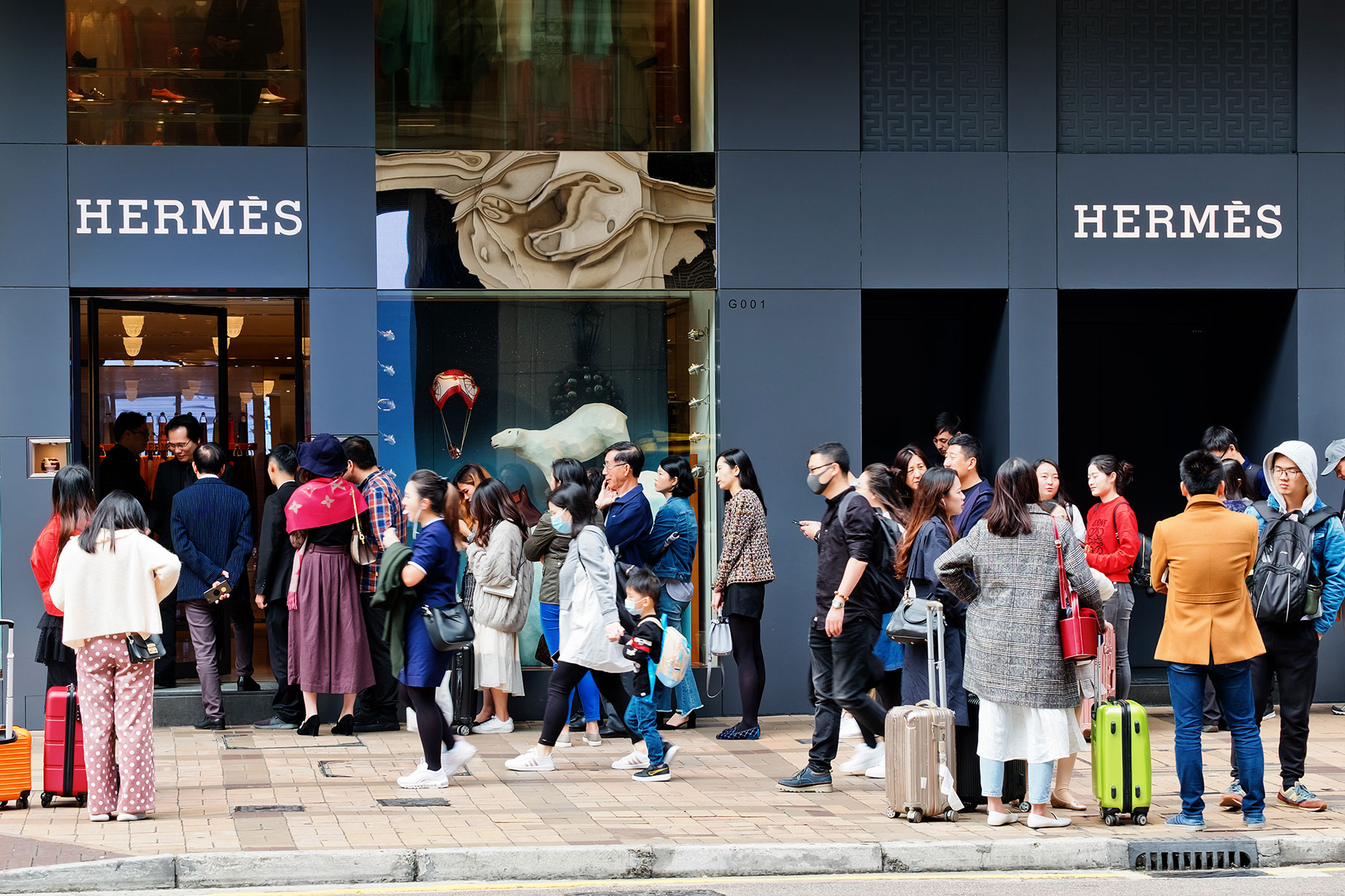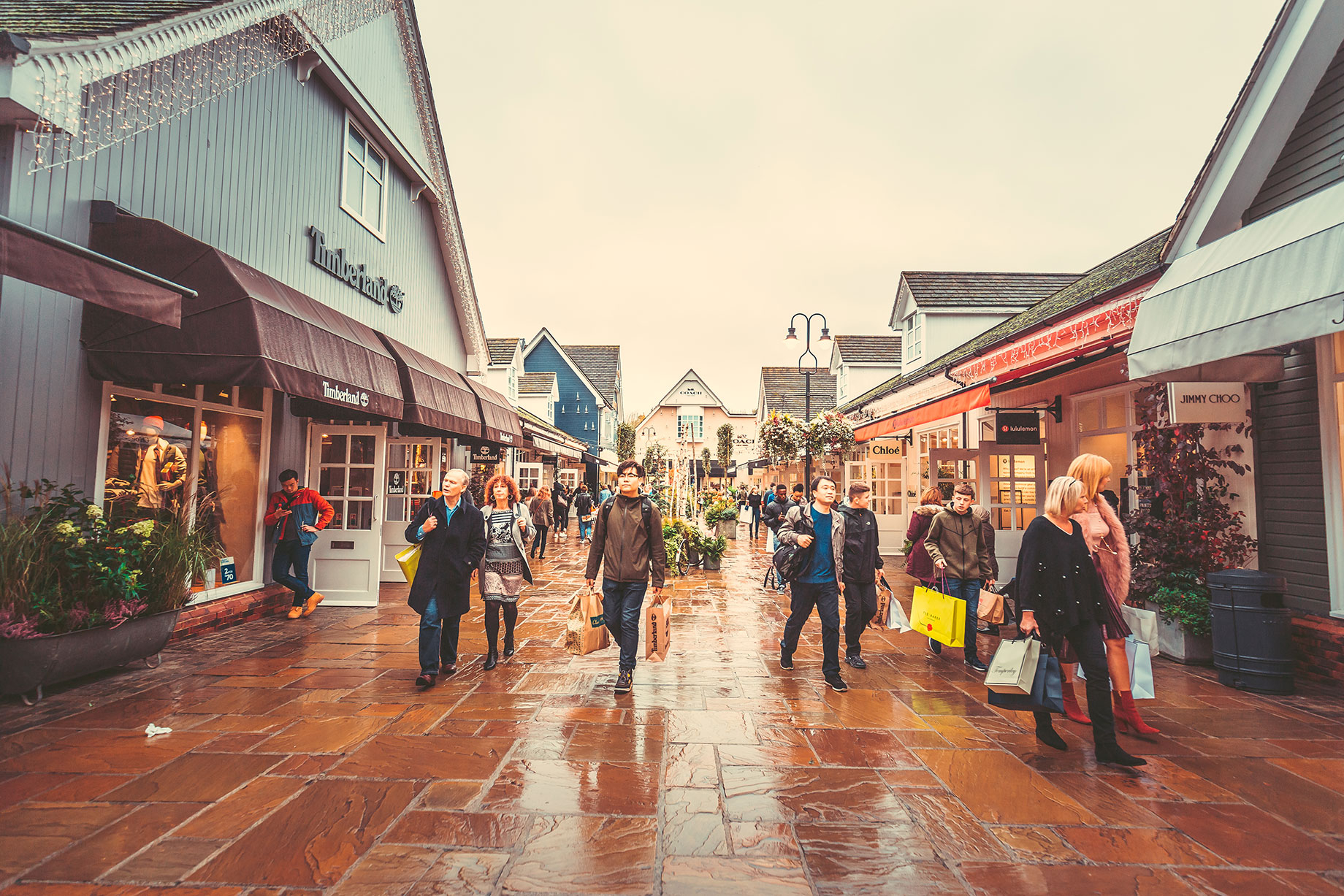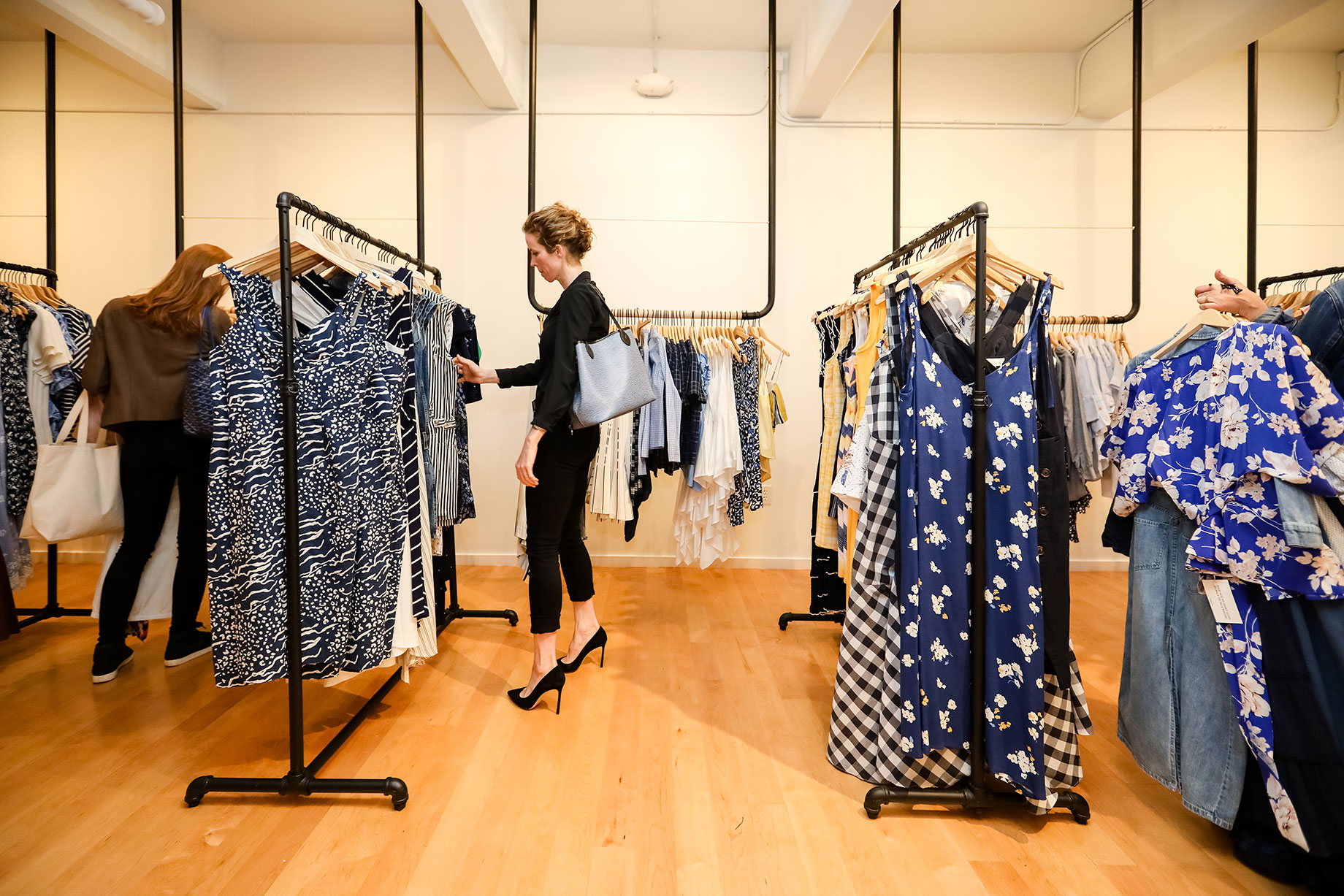Global sales of personal luxury goods — considered the core of the global luxury market as a whole — grew robustly last year and are projected to keep growing as brands adapt their strategies to younger consumers, according to an ICSC report.
Consumers worldwide spent a record €260 billion (about $290 billion) on personal luxury goods in 2018, a 6 percent increase over the year before. These sales are forecast to grow at a rate somewhere between 3 and 5 percent annually, to 2025, according to Bain & Co. data cited in the report, titled Global Luxury Retail in the Digital Era.
Europe remained the top region for luxury-goods sales in 2018, accounting for roughly a third (€83.2 billion) of global luxury sales. Despite this, Europeans were responsible for only 18 percent of global personal luxury-goods purchases that year, while Chinese tourists transacted about a third of the sales on the Continent. The share of global personal luxury-goods purchases inside China is expected to grow significantly, from 8 percent in 2017 to 22 percent in 2025, thanks to the government’s more recent encouragement of domestic consumption.

Chinese tourists accounted for a third of the personal luxury-goods purchases in Europe in 2018
The report also highlights other interesting luxury retail data reported by market research companies. Millennials and Gen Z-ers accounted for one-third of global luxury purchases in 2018, and this will grow to about 55 percent in 2025, according to Bain. Among those who regularly purchase luxury items, 67 percent are in the 25–44 age group, reports GlobalWebIndex.
Another trend noted in the report is the increasing importance of affordability to consumers, in parallel with the growth of luxury sales.
“Often viewed as an oxymoron, luxury and affordability can actually go hand in hand,” the report notes, citing the robust growth of Europe’s outlet center industry and the increasing popularity of stores that sell or rent out secondhand luxury goods.

Europe's consumers love a bargain as much as they love luxury, as evidenced by the proliferation of outlet centers such as the U.K.'s Bicester Village
The report shows that 45 percent of all consumers engage in the secondhand luxury retail market — by selling, buying, or both. Broken down by generation, 54 percent of Gen Z-ers participate, as do 48 percent of Millennials and 38 percent of Gen X-ers.
“Although many luxury brands and retailers have feared that the rental market would dilute brand equity and cannibalize sales,” the report says, “an increasing number are warming to the idea that rental could actually support full-price sales and attract younger consumers who might try out the brand and build an affiliation before committing to a purchase.”

Many consumers are buying secondhand luxury goods, or renting them from such places as Rent the Runway (above)
Because the luxury sector needs to cater to younger consumers with different values and expectations, “high-end brands are reimagining what luxury is,” the report says, citing the sector’s experimentation with new experiences. “New luxury goes beyond price and quality, delivering added value by way of a premium, personalized experience across both in-store and online channels, and leverages the synergy between luxury retail and hospitality.”
By Edmund Mander
Director, Editor-In-Chief/SCT


